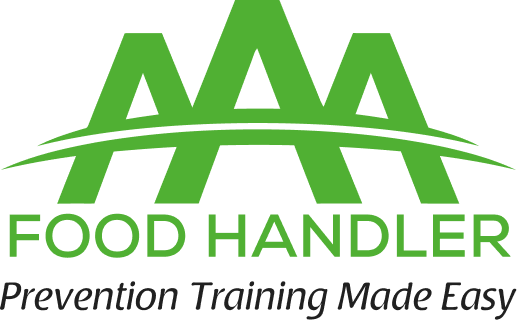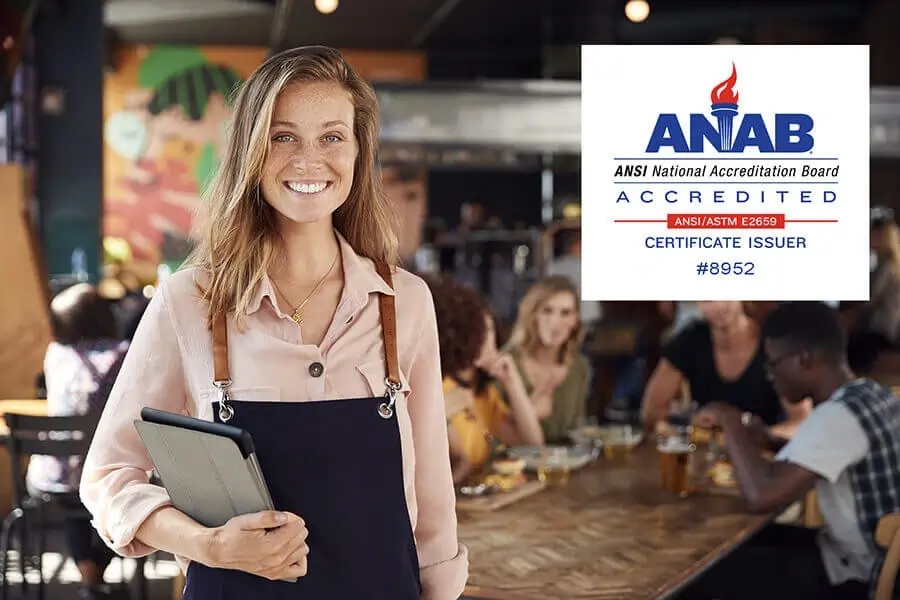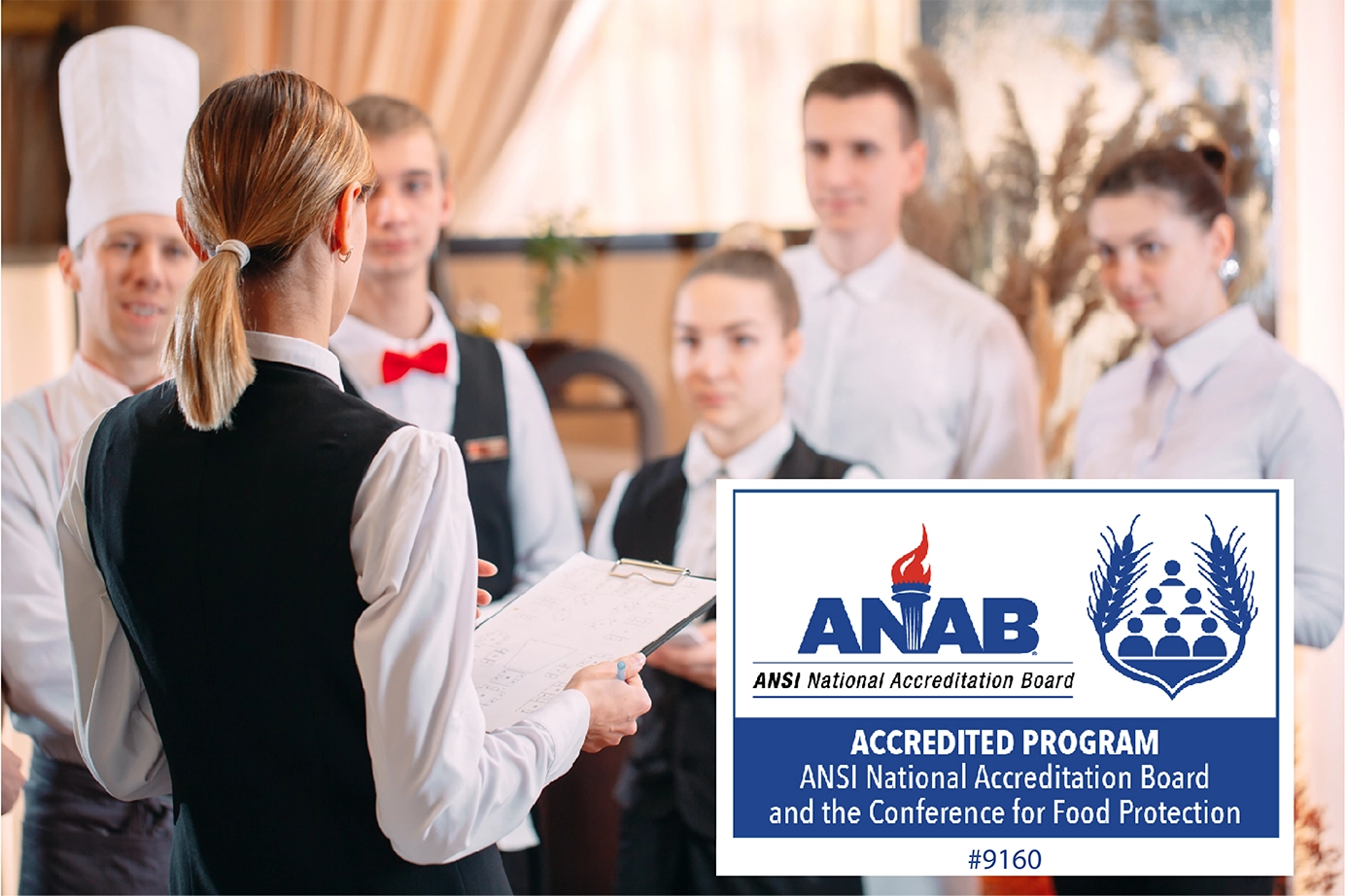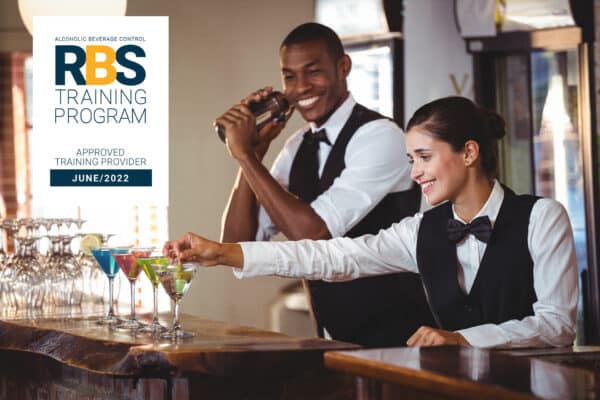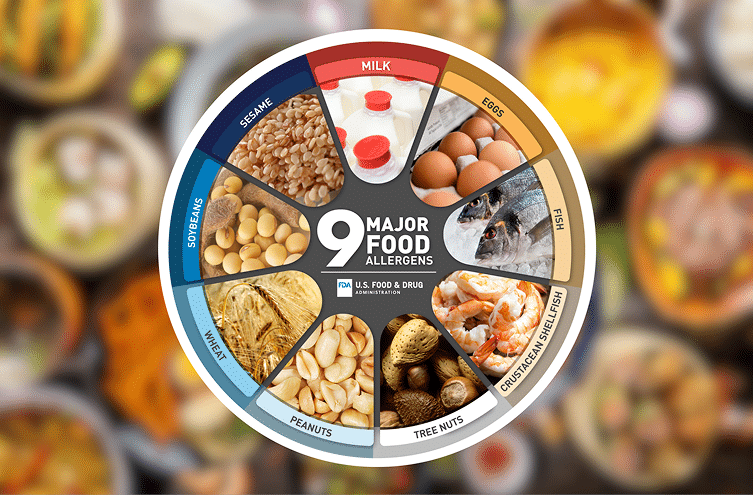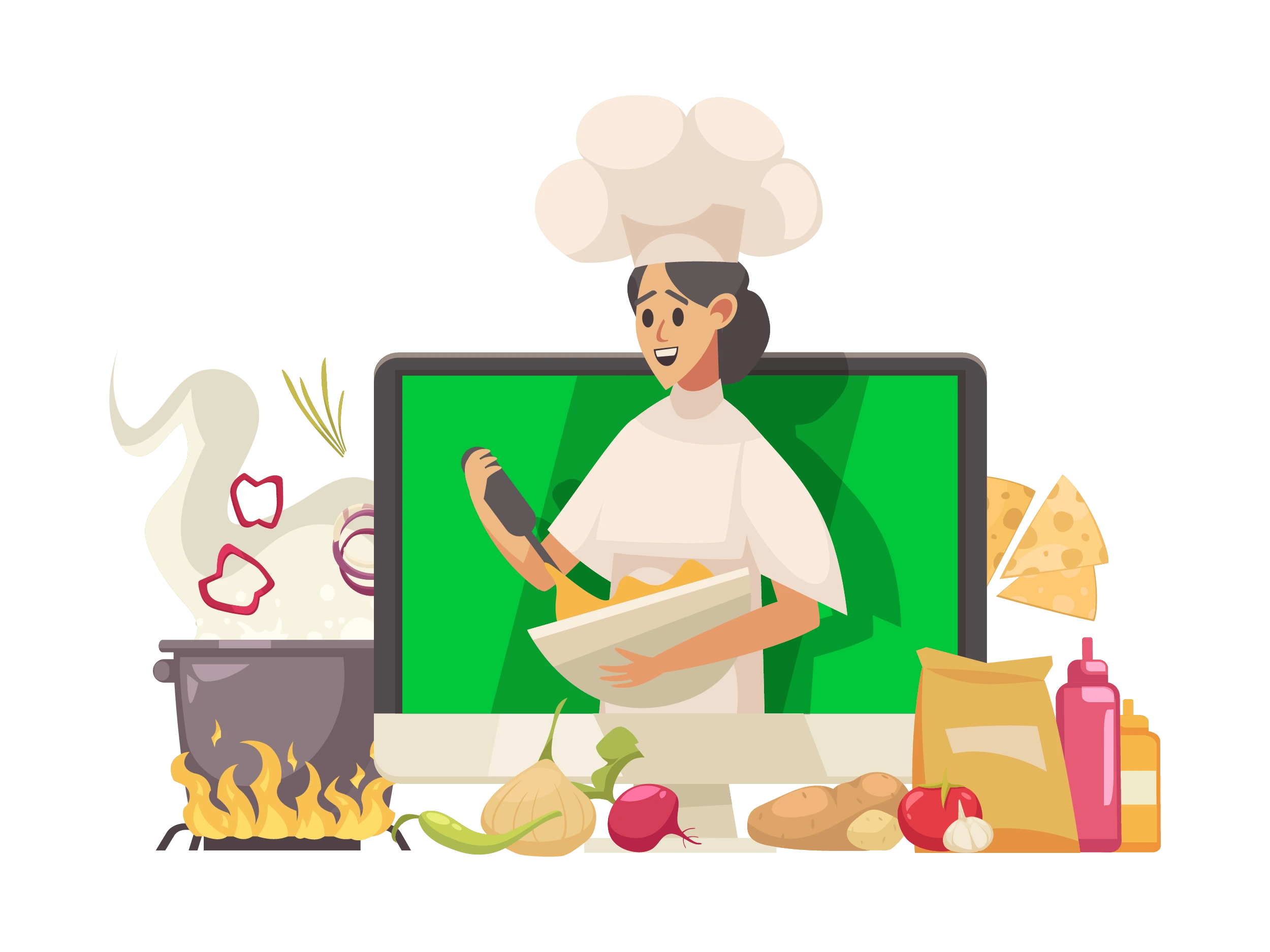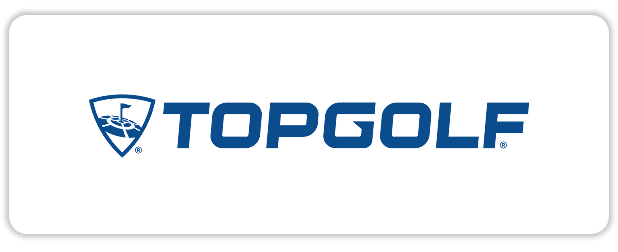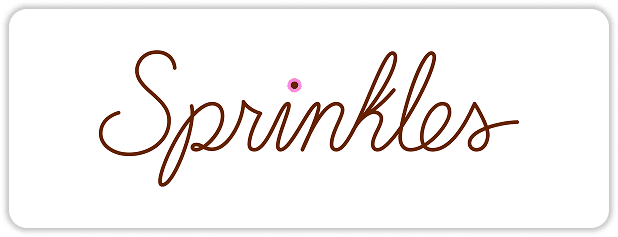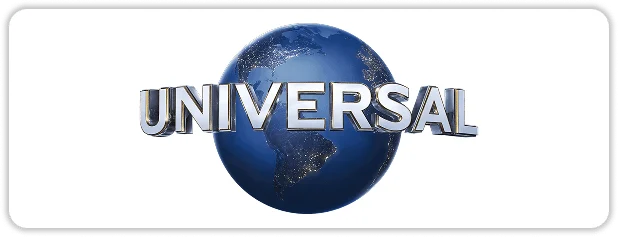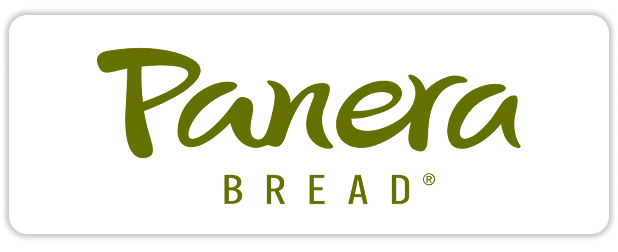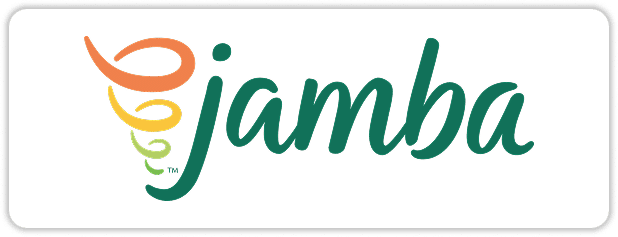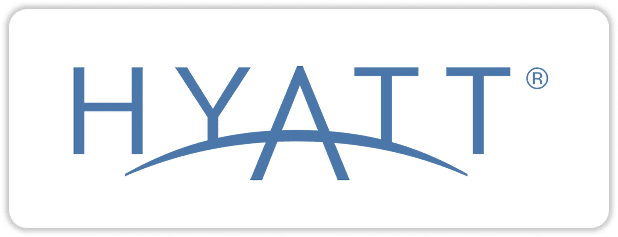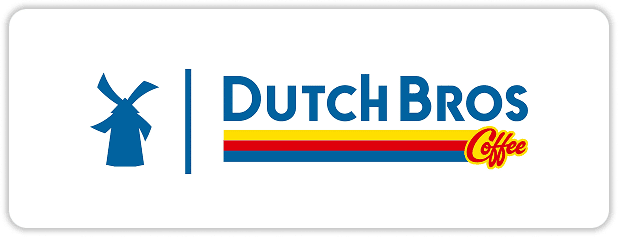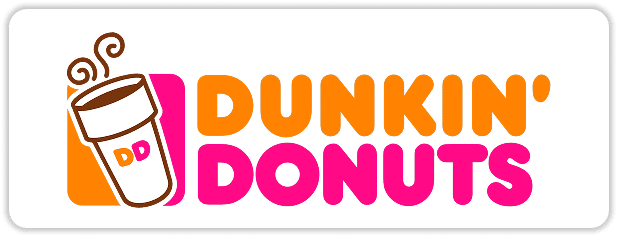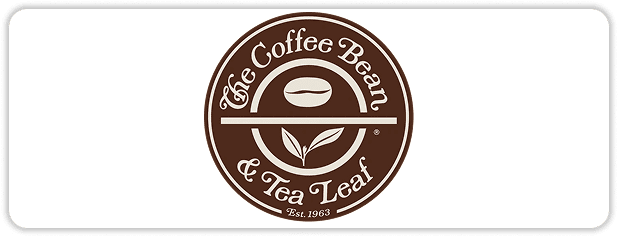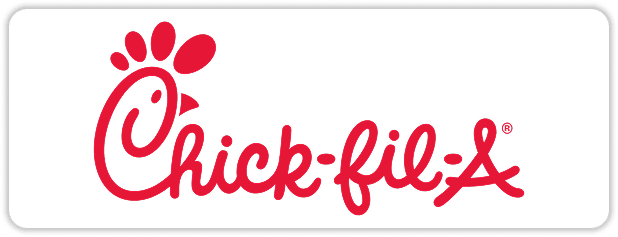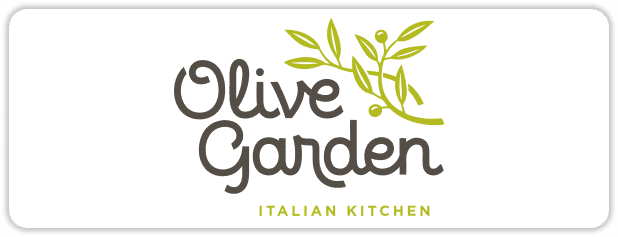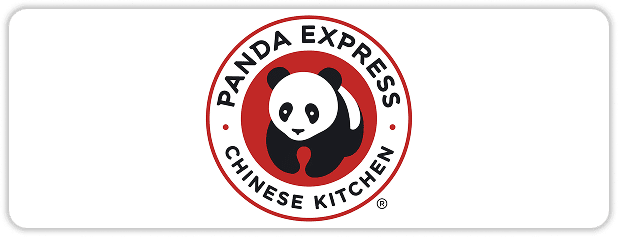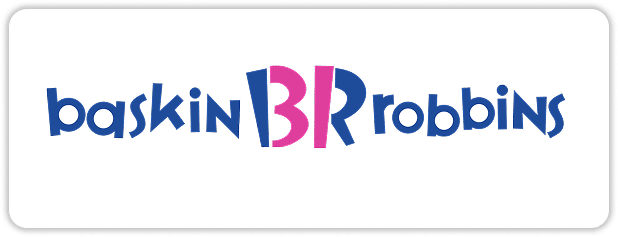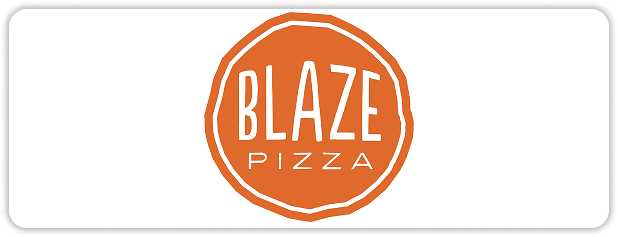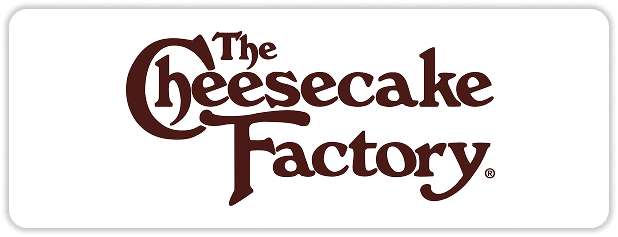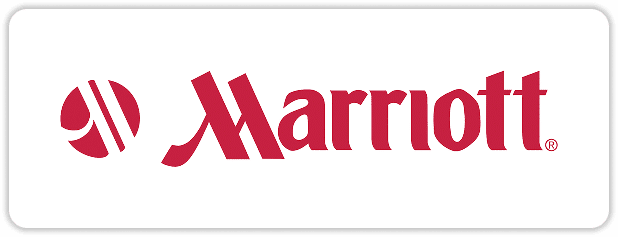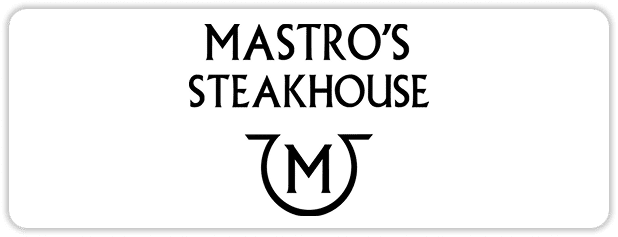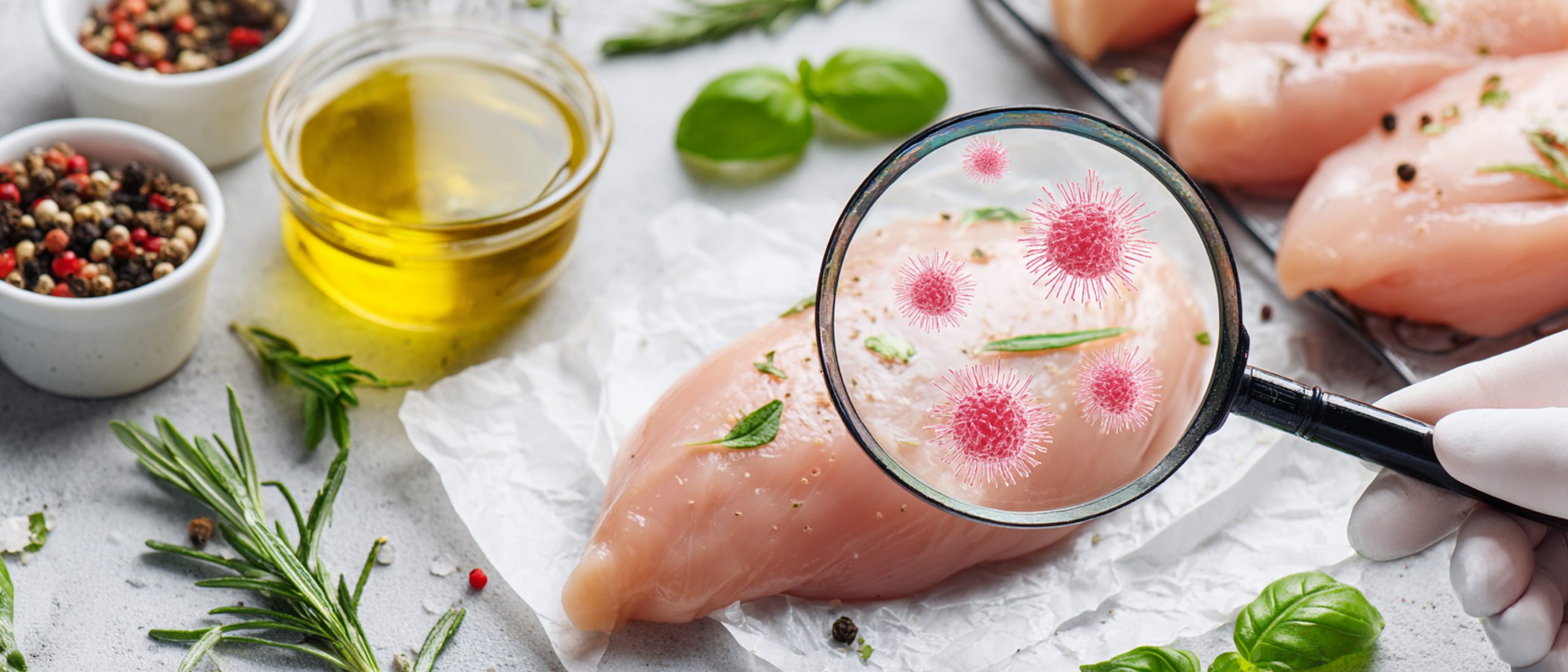
The Three Types of Hazards that Make Food Unsafe are Explained
Food hazards are present in every kitchen, restaurant, or food service operation. Understanding the three types of hazards that make food unsafe, which are biological, chemical, and physical, is crucial for preventing foodborne illnesses and maintaining safe food practices. AAA Food Handler ensures that food workers are trained to identify these hazards and take proper preventive action.
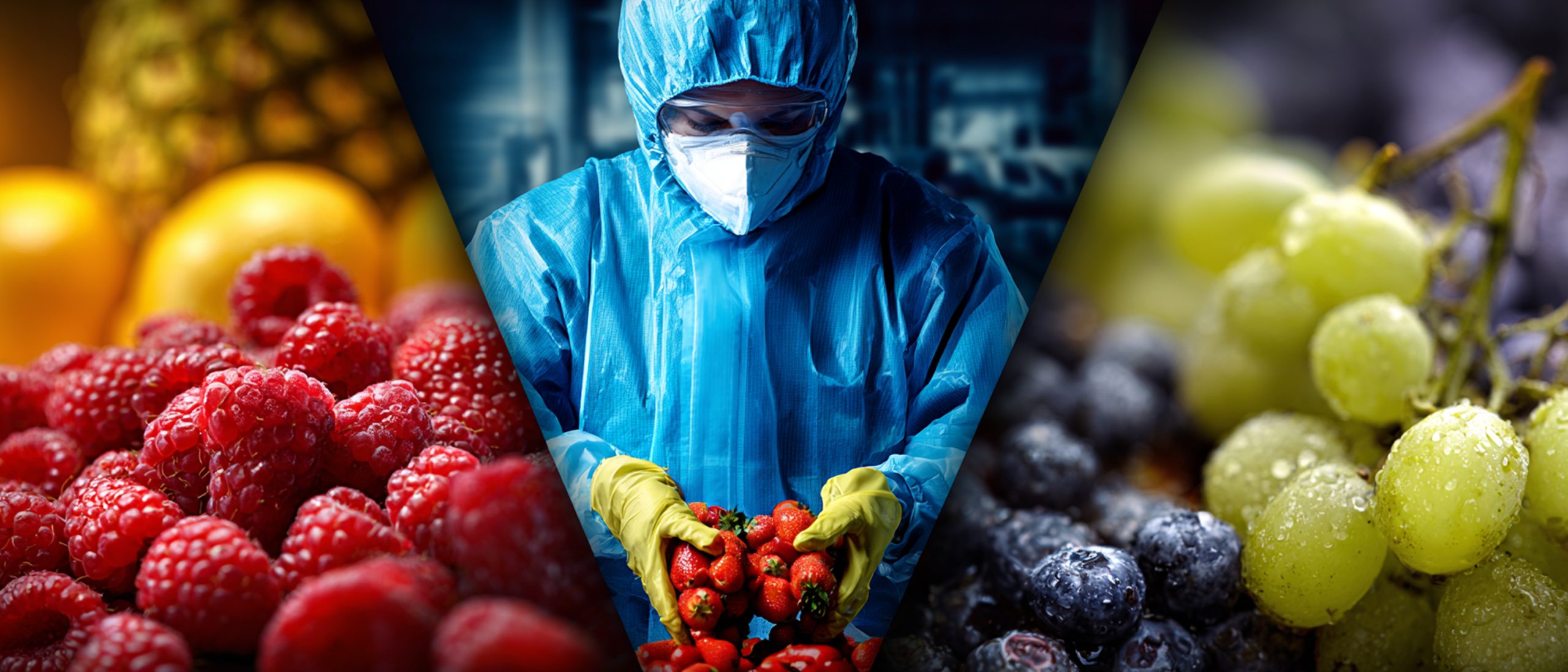
Know the Three Types of Hazards that Make Food Unsafe are?
The three types of hazards that make food unsafe are biological, chemical, and physical. Biological hazards are caused by disease-causing organisms, chemical hazards involve harmful substances, and physical hazards include foreign objects that can contaminate food. Each hazard can occur at any point in the food flow — from receiving ingredients to serving meals. The AAA Food Handler emphasizes understanding each type to maintain a safe environment.
What Are Biological Hazards And How Do They Affect Food Safety?
Biological hazards are pathogens such as bacteria, viruses, parasites, and some fungi that can make people sick. These hazards are often invisible — you cannot see, smell, or taste them in food. Examples include Salmonella, E. coli, and norovirus.
Biological hazards thrive in unsafe conditions, such as improper storage, incorrect cooking temperatures, or poor hygiene. Preventing them requires controlling time and temperature, cooking foods to safe internal temperatures, holding hot and cold foods correctly, cooling leftovers promptly, and washing hands thoroughly.
Switching between raw meat and vegetables on the same cutting surface can cause dangerous cross-contamination and also spreads pathogens. Employees who work while sick or do not follow hygiene procedures can increase the risk. AAA Food Handler courses cover these risks and teach effective preventive measures.
What Are Chemical Hazards And Why Are They Dangerous?
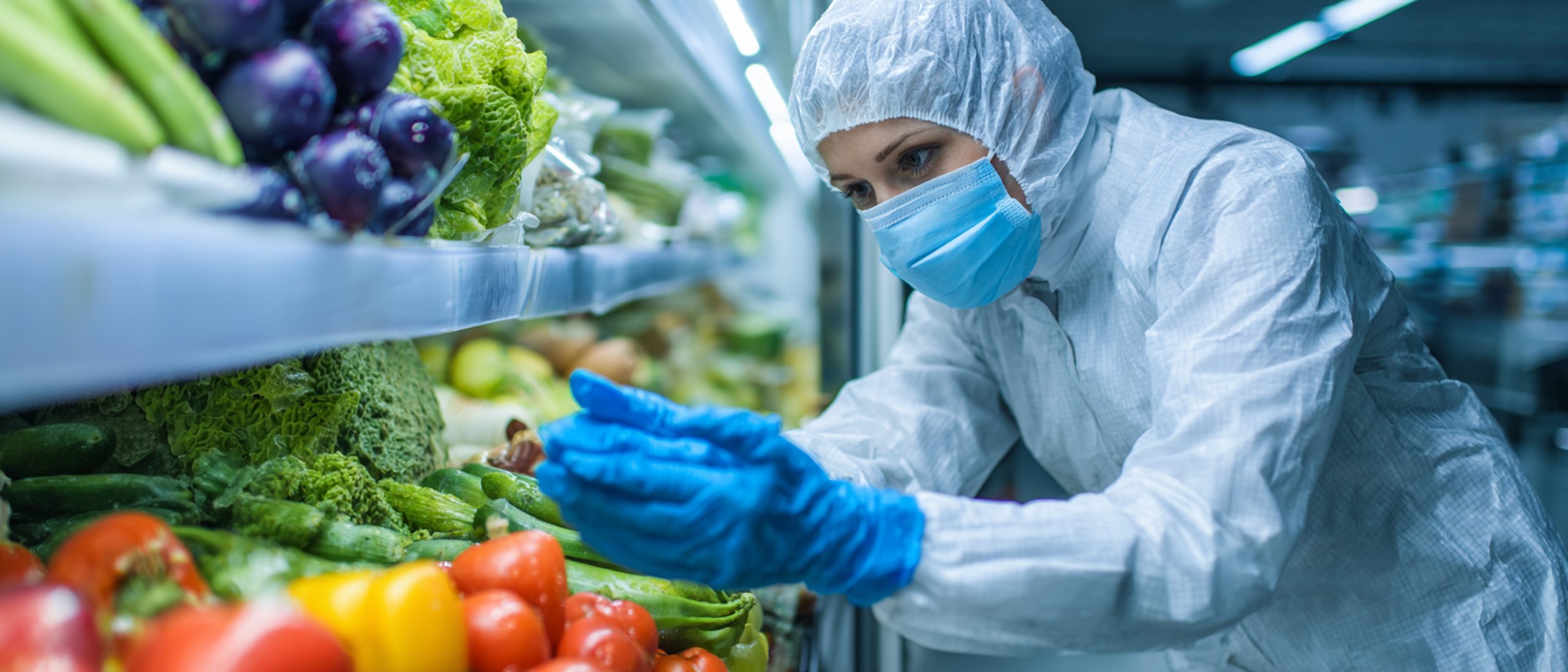
Chemical hazards occur when harmful substances contaminate food. Common examples include cleaning agents, toxic metals like lead or cadmium, excessive food additives, and allergens such as milk, eggs, or peanuts. Cross-contact, where allergens transfer from one food to another, is another form of chemical hazard.
Chemical hazards can occur due to improper storage, incorrect containers, or accidental contamination. For instance, storing acidic foods in galvanized metal can leach metals into the food. AAA Food Handler training highlights proper storage, labeling, and handling to prevent chemical contamination.
What Are Physical Hazards And How Can They Be Prevented?
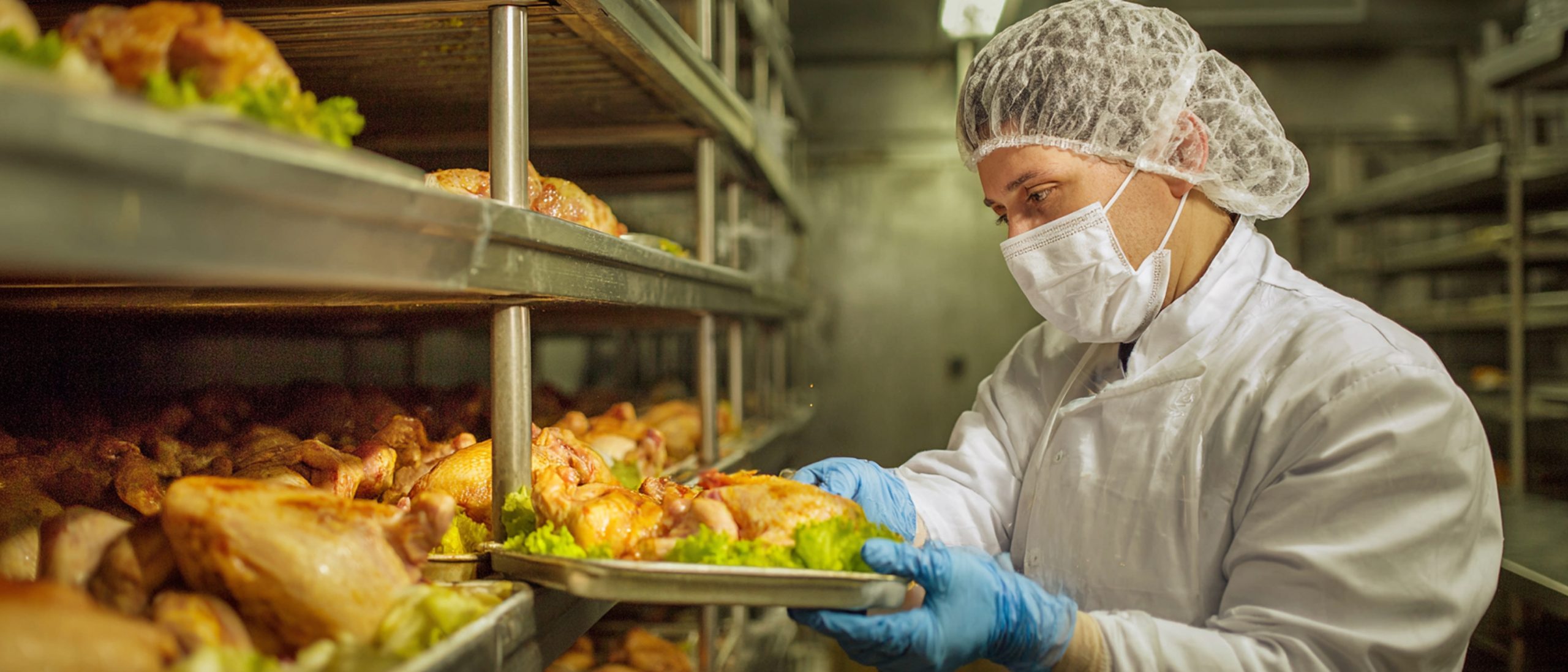
Physical hazards include any foreign object that can harm a consumer or contaminate food. Examples are hair, fingernails, jewelry, dirt, broken utensils, or pests like insects and rodents.
Preventing physical hazards requires good personal hygiene and proper food handling. Food workers should wear hair restraints, keep fingernails trimmed, cover bandages with single-use gloves, and maintain equipment properly. Fresh produce should be washed, and a solid pest control program should be in place. AAA Food Handler training ensures employees understand these essential preventive practices.
How Does Cross-Contamination Contribute To Food Hazards?
Cross-contamination occurs when pathogens or allergens transfer from one food or surface to another. This can happen if raw and cooked foods share utensils, employees work while ill, or proper handwashing is neglected. Preventing cross-contamination involves separating foods, practicing proper hygiene, and being aware of allergens. AAA Food Handler teaches practical strategies to avoid cross-contamination in all food service operations.
Why Is It Important To Identify Hazards In Food Service Operations?
Identifying hazards protects customers, employees, and your business. Biological, chemical, and physical hazards can lead to illness, fines, and financial loss. Recognizing hazards allows food workers to implement safety measures effectively.
A structured approach to managing food safety risks, the Hazard Analysis and Critical Control Point (HACCP) plan identifies potential hazards, sets preventive measures, and ensures proper procedures are followed. While managers usually develop HACCP plans, food handlers trained through AAA Food Handler play a vital role by following the plan, reporting issues, and maintaining hygiene standards.
What Steps Can Be Taken To Prevent Food Hazards?
Preventing hazards requires a combination of personal hygiene, proper food handling, and equipment management. Food workers should wash their hands frequently, use clean utensils, store food at correct temperatures, and handle allergens carefully. Regular monitoring of procedures, cleaning surfaces, and controlling pests is also essential. AAA Food Handler courses guide employees through these steps to ensure safe operations.
What Are Common Examples Of Each Type Of Hazard?
Understanding how hazards can appear in real situations is key to preventing food contamination. Here are some examples of each type:
- Biological: Undercooked chicken contaminated with Salmonella, raw vegetables exposed to pathogens.
- Chemical: Residual cleaning solutions, allergens like peanut or milk, and toxic metals leaching into food.
- Physical: Hair in a salad, broken glass in a dessert, or dirt on fresh produce.
These examples help food handlers stay vigilant and reduce potential hazards. AAA Food Handler uses real-life scenarios to train employees effectively and ensure safe food handling practices.
How Does an AAA Food Handler Help Prevent Food Hazards?
AAA Food Handler provides comprehensive training on all aspects of food safety. Employees learn to recognize biological, chemical, and physical hazards, practice proper hygiene, control time and temperature, and prevent cross-contamination. The program also emphasizes adherence to HACCP plans, proper storage, allergen management, and maintaining clean equipment. This training equips food workers to prevent hazards before they become problems.
What Is The Bottom Line On Food Hazards?
Food hazards — biological, chemical, and physical — are present in every food service environment. Becoming familiar with the three types of hazards that make food unsafe is the first step to preventing foodborne illness. Awareness, proper hygiene, correct storage, and adherence to safety protocols significantly reduce risk.
With AAA Food Handler training, food workers not only gain the knowledge but also the confidence to handle food safely every day. Understanding hazards and following preventive measures protects customers, employees, and the business while maintaining regulatory compliance.
Enroll in the AAA Food Allergen course today to get certified and confidently handle allergens in your food service operation.
